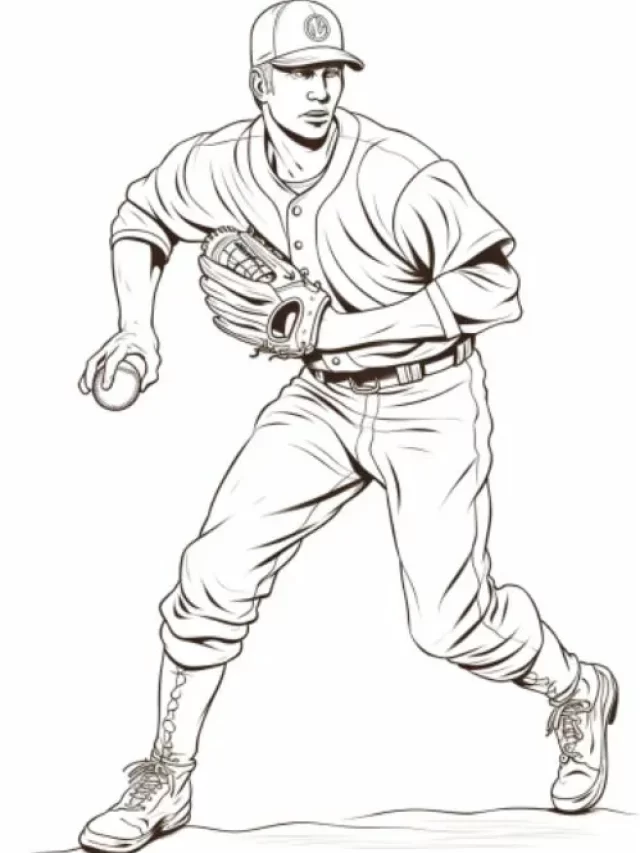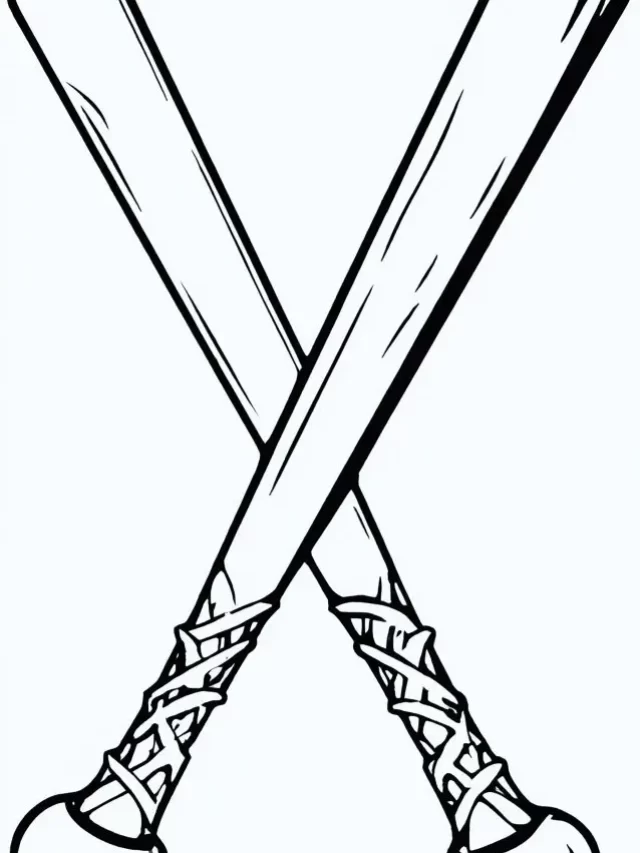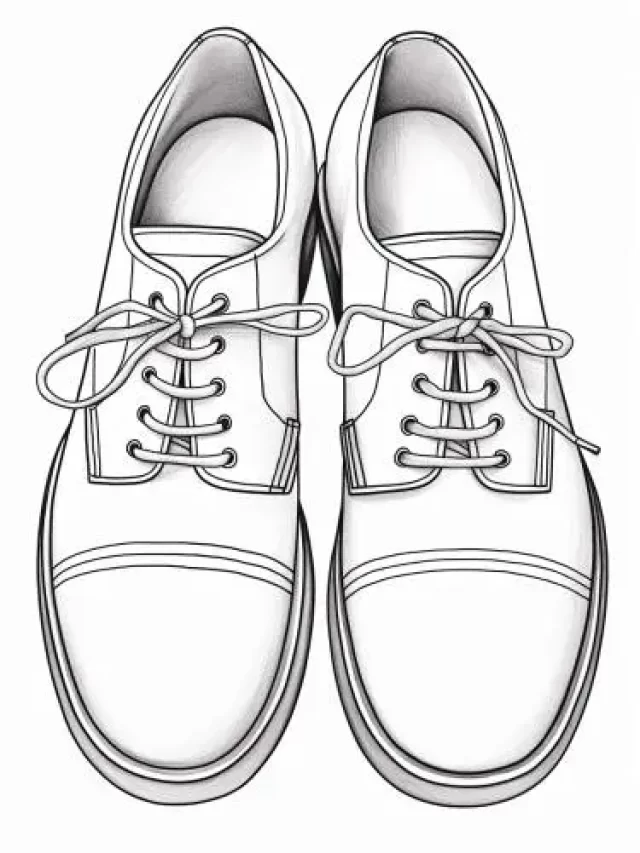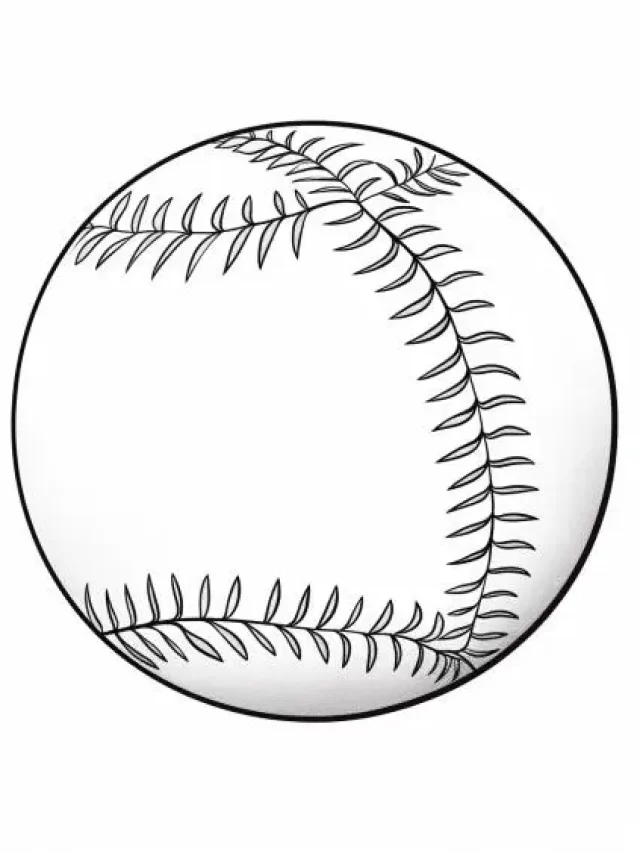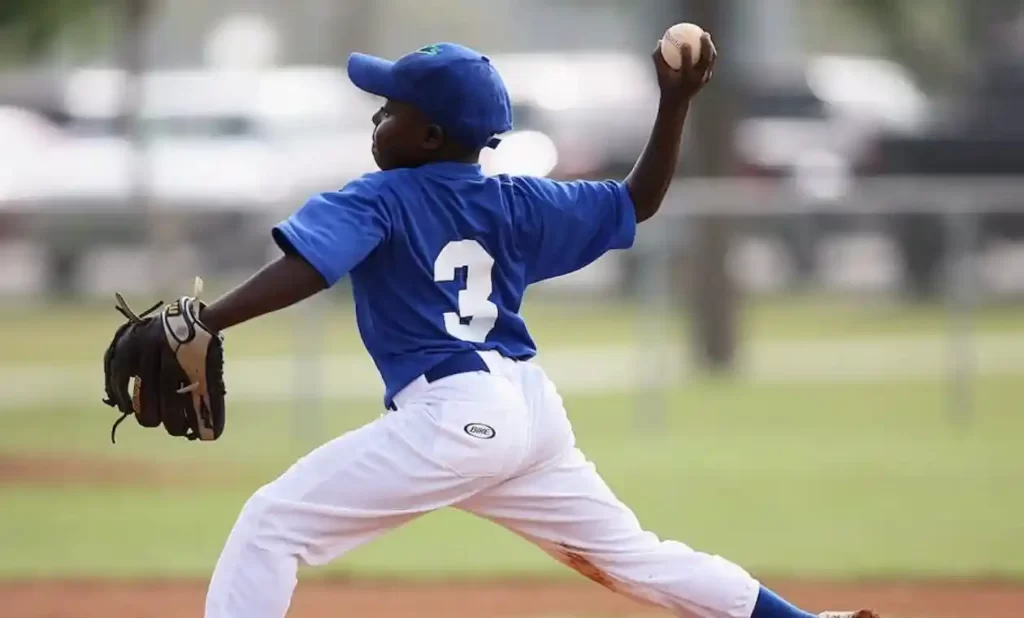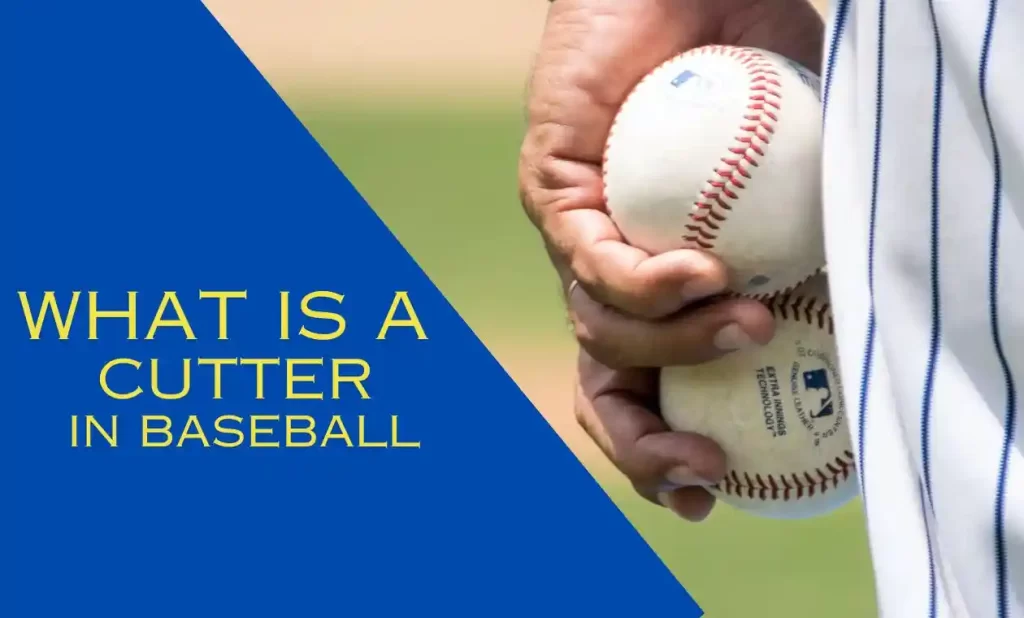
Picture yourself at the local baseball field on a sunny afternoon. The crowd cheers loudly. The game is tied, and there’s only one inning left. Joe, a talented player, is on third base. He’s getting ready for a daring slide home to win the game.
Joe understands that sliding well in baseball is crucial. He has worked hard, practicing his moves over and over. He has learned from the best, focusing on footwork and slide techniques.
Sliding in baseball is key for getting to bases without getting tagged out. It takes skill, quickness, and timing. Learning the right way to slide means players can be faster and safer on the bases.
This article talks about different types of slides like feet-first and head-first. We’ll cover how to slide safely and offer tips to get better. Plus, we have drills to help you practice and perfect your sliding moves.
So, get your cleats ready. Let’s explore the thrilling world of baseball sliding!
Key Takeaways:
- Mastering the art of sliding in baseball requires learning proper techniques and practicing diligently.
- There are different types of baseball slides, including the feet-first slide, head-first slide, and pop-up slide.
- Safety is paramount when sliding, so it’s essential to keep nails trimmed, wear protective gear, and use proper form.
- Baseball sliding drills can help improve sliding skills and overall performance on the basepaths.
- By mastering sliding techniques, players can enhance their ability to avoid pickoffs, beat throws, and spark rallies.
Types of Baseball Slides
Baseball players use various slides to up their chances of reaching bases safely. It’s important for anyone who plays to know these techniques. Three popular slides are the feet-first, head-first, and pop-up slides.
The Feet-First Slide
The feet-first slide is the safest and often recommended for new players. You extend both legs forward as you slide. It lets you keep your balance and lowers the risk of getting hurt. You get to the base while keeping close to the ground, making it tough for fielders to tag you out.
The Head-First Slide
The head-first slide is quicker and more daring. You dive forward with your arms stretched towards the base ahead. This slide is great for outrunning a throw or sliding under a fielder’s tag. But remember, it’s riskier and can lead to injuries if not done right.
The Pop-Up Slide
The pop-up slide is a smart move to stand up quickly after sliding. It’s used to advance to the next base while avoiding being tagged. You slide into the base and then pop back onto your feet. This quick standing lets you react fast to the fielders’ moves.
Every slide type in baseball has its use. The feet-first is safe and well-known, the head-first is for those ready to take a chance, and the pop-up slide is strategic. Learning to slide well helps players run bases better and more safely.
Baseball Sliding Safety Tips

Sliding is a big part of baseball and fun. But making it safe is key to avoiding injuries. Just a few easy steps can help you lower the risks of sliding.
Start by keeping your nails short. This stops cuts when you slide. Also, make sure to not wear anything that could snag you as you slide. This small step helps avoid accidents and keeps you safe.
Don’t forget about protective gear. Pads for your knees, hips, and elbows are a must. They soften the impact, guarding your body from the hits it takes when you slide.
Your outfit matters too. Make sure your clothes are not old or torn. They could get caught and make you slide badly. Good clothes let you slide smoothly and safely.
Thinking about sliding head-first? Be careful. It’s riskier than feet-first sliding. Only do it if you must, after you think it through.
Follow these safety tips for a safe sliding experience. They help prevent injuries, letting you enjoy sliding with peace of mind.
How to Do a Feet First Baseball Slide
Sliding feet-first in baseball needs the right moves and practice. Here’s a guide for a safe and good slide:
- Run fast towards the base.
- Start your slide a bit away from the base, about 5-6 feet.
- Lean back a little as you begin your sliding motion.
- Push both legs out in front of you.
- Use your cleats to start the slide in the dirt.
- Protect your head by tucking in your chin and use your arms for support.
- Stay low as you slide through the base.
Working on this technique often will make you a master at sliding feet-first. It will also boost your base running skills.
How to Do a Headfirst Baseball Slide
Learning a headfirst slide in baseball is about using the right form. Step-by-step, anyone can get good at this tricky slide. This means more success running the bases.
Gaining speed: Heading towards the base, work on getting faster. It’s key to getting there first and safely.
Taking a slightly angled path: Pick a route that lets you come at the base from an angle. It makes you harder to tag and more likely to reach the base safely.
Leaning forward and bending your knees: Tilt forward and bend your knees to lower your balance. This keeps you stable while sliding.
Reaching your hands out towards the base: Stretch your hands towards the base when you dive. It means you might touch it before getting tagged out.
Digging the side edge of both feet into the ground: Start your slide by pushing into the ground with the sides of your feet. This helps you move forward smoothly.
Driving off your feet as you dive forward: Throw yourself forward by pushing off as you dive. It lets you slide better and further.
Keeping your head up as you reach toward the base: Look to the base with your head up. This makes sure your whole body moves the right way, avoiding any hits.
Making contact on your forearms, chest, and stomach while sliding: Slide on your forearms, chest, and stomach to touch the base. It’s safer and stops you from getting hurt.
Drawing your legs in once past the base: After touching the base, pull your legs in fast. This protects your legs from being hurt.
Keep practicing these steps to get better at the headfirst slide. And remember, to master this slide, you need to practice a lot and be patient. Over time, you’ll get the hang of it.
How to Do a Pop Up Baseball Slide
A pop-up slide in baseball can help you avoid getting tagged out and lets you get ready to move to the next base. To do it right, you need skill and smooth moves. Here’s a guide to pull off a flawless pop-up slide:
Step 1: Slide into the Base
As you run towards the base, choose your best sliding technique. Keep yourself under control and aim accurately as you slide in.
Step 2: Slow Down and Place Hands
Once you start slowing down, put one hand down, and then the other. This stance is key for what comes next.
Step 3: Lift Off
Next, pull your legs close to your body to get ready to stand up. This move helps you get some push.
Step 4: Push Up and Balance
Then, with force, push up from the ground using your hands. Balance on one leg, ready to head to the next base.
Step 5: Step Towards the Next Base
Now, smoothly shift your weight and move towards the next base with your other leg. Take careful steps to stay stable and improve your chances of making it safely.
By mastering these steps, you can pull off a pop-up slide perfectly. You’ll avoid staying down too long and make the leap from sliding to standing look easy.
Baseball Sliding Drills
To become great at sliding in baseball, players need to practice a lot. They should add sliding drills to their usual training. These drills make players better at sliding by working on their technique, quickness, and how fit they are. This makes sure they can slide well and safely during games.
Dry Land Sliding
“Dry Land Sliding” is a smart drill for learning the sliding moves safely. You can do it indoors or on mats. It teaches players to slide correctly and helps them get used to the movement. Doing this adds to their muscle memory and boosts their confidence in sliding.
Base Path Slides
“Base Path Slides” lets players actually slide on a real baseball field. They learn how different ground surfaces affect their slide. This drill shows how important speed, momentum, and slide adjustments are. It prepares them for field conditions during games.
Reduced Speed Slides
“Reduced Speed Slides” is about getting the basics of sliding right. Players start sliding short distances at a slow jog. This helps them focus on doing it the right way and staying balanced. It’s great for getting their body used to the moves and improving technique.
Quick Stands Drill
In the “Quick Stands Drill,” players practice sliding then quickly getting up. It’s like real game situations where they need to slide, then run fast. This drill is especially good for doing pop-up slides well. It makes sure players can keep moving fast after they slide, helping them avoid getting tagged out.
Making sliding practice fun and competitive can really motivate players. Think about having sliding contests. This way, players try to be the fastest and the best slider. It not only makes them better at sliding but also brings them together as a team.
Conclusion
Learning to slide well is key for baseball players to safely make their way to bases and dodge tags. They need to know different types of slides, like sliding feet-first, head-first, and popping up.
Safety is always the top concern when sliding. Players should follow tips and do sliding drills to stay safe.
Getting good at sliding gives players a big advantage. It helps them avoid being tagged out, go to bases faster, and make exciting plays. Coaches should focus on teaching the right sliding moves and regularly practice them.
Practicing sliding skills and knowing the mental and physical parts of sliding can really make players excel. This not only helps them run bases better but also improves their overall game performance.
Recommended
- BASEBALL FLOW HAIRCUT: TRENDY STYLES FOR ATHLETES
- WHY ARE BASEBALL BATS SO EXPENSIVE? UNRAVELING COST

Meet Daniel Anderson, the heart and soul behind Baseball Pro Picks. At 49, Daniel’s life has revolved around baseball, a passion that’s as strong today as it was when he first fell in love with the game. Living in the USA, Daniel has dedicated countless hours to watching, analyzing, and understanding every pitch, hit, and home run, making almost no game missed. His deep-rooted love for the sport is matched only by his commitment to sharing insightful, expert analysis with fellow baseball enthusiasts. With decades of experience and a keen eye for the game’s nuances, Daniel brings a unique perspective that enriches Baseball Pro Picks. Trust Daniel to guide you through the intricacies of baseball with the authority and trustworthiness of a true aficionado.


